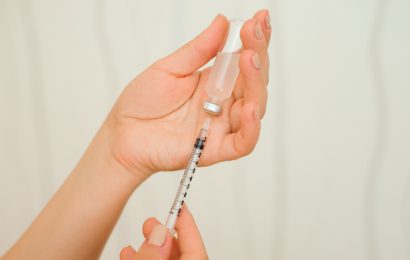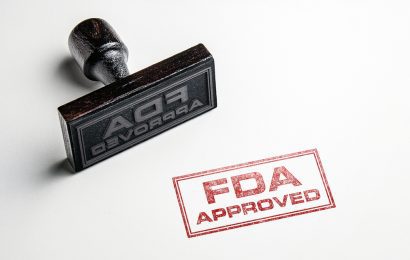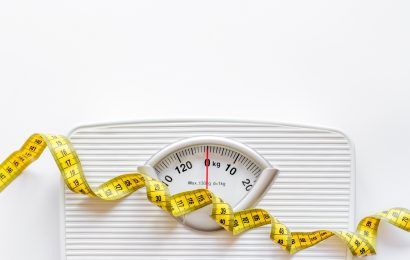Researchers have discovered that the commonly used combination of two drugs — the antidepressant paroxetine (brand name Paxil) and the cholesterol-lowering medicine pravastatin (Pravachol) — can cause unexpected increases in blood glucose levels, even though neither medicine has this effect when taken alone. It is estimated that between 500,000 and 1 million people in the United States may be taking this drug combination.
It is not unusual for medicines to have effects when taken simultaneously with other medicines that they do not have when taken alone, but since most drugs are approved independently, it can be impossible for physicians to predict these effects. In an effort to keep track of them, the US Food and Drug Administration encourages physicians to report any unexpected side effects to their Adverse Event Reporting System (AERS).
To identify combinations of drugs that cause altered blood glucose levels, researchers searched AERS for pairs of medicine that appeared to cause high blood glucose only in combination. They found four such pairs, and focused on the match-up of Paxil and Pravachol because it is such a commonly prescribed combination.
None of the people in the AERS taking this combination were directly reported to have high blood glucose — only symptoms of high blood glucose — so the researchers then evaluated the medical records from patients at the Stanford University School of Medicine, Vanderbilt University, and Harvard Medical School who were taking these medicines. They discovered that 135 people without diabetes who had prescriptions for both drugs had experienced an average increase in their random glucose levels of 19 mg/dl since beginning treatment and that 104 people with diabetes had experienced an average increase of 48 mg/dl since beginning both drugs.
Subsequently, the researchers investigated the effect of this combination of medicines in mice given a high-fat, high-calorie diet. After several weeks on this diet, the mice developed prediabetes (a condition in which blood glucose levels are higher than normal, but not high enough to be considered diabetes) and experienced an increase in their blood glucose levels. When the mice were then given either Paxil or Pravachol alone, their glucose levels did not increase further. When given both medicines in combination, however, their average blood glucose levels increased dramatically, from roughly 128 mg/dl to 193 mg/dl.
Senior study author Russ Altman, MD, PhD, a professor of bioengineering, genetics, and medicine at Stanford, stated that “Understanding and mitigating the effect this pair of medications has on blood sugar could allow a person with diabetes to better control his or her glucose levels, or even prevent someone who is prediabetic from crossing that threshold into full-blown diabetes.”
If you are taking this combination of drugs, do not stop taking either of them without speaking with your doctor first. You may want to discuss these findings with him, however, to determine whether there is an alternate combination of treatments that may address your health concerns without potentially impacting your blood glucose control.
For more information, read the article “Dangerous Side Effect of Common Drug Combination — Paxil and Pravachol — Discovered by Data Mining” or see the study in the journal Clinical Pharmacology & Therapeutics.




